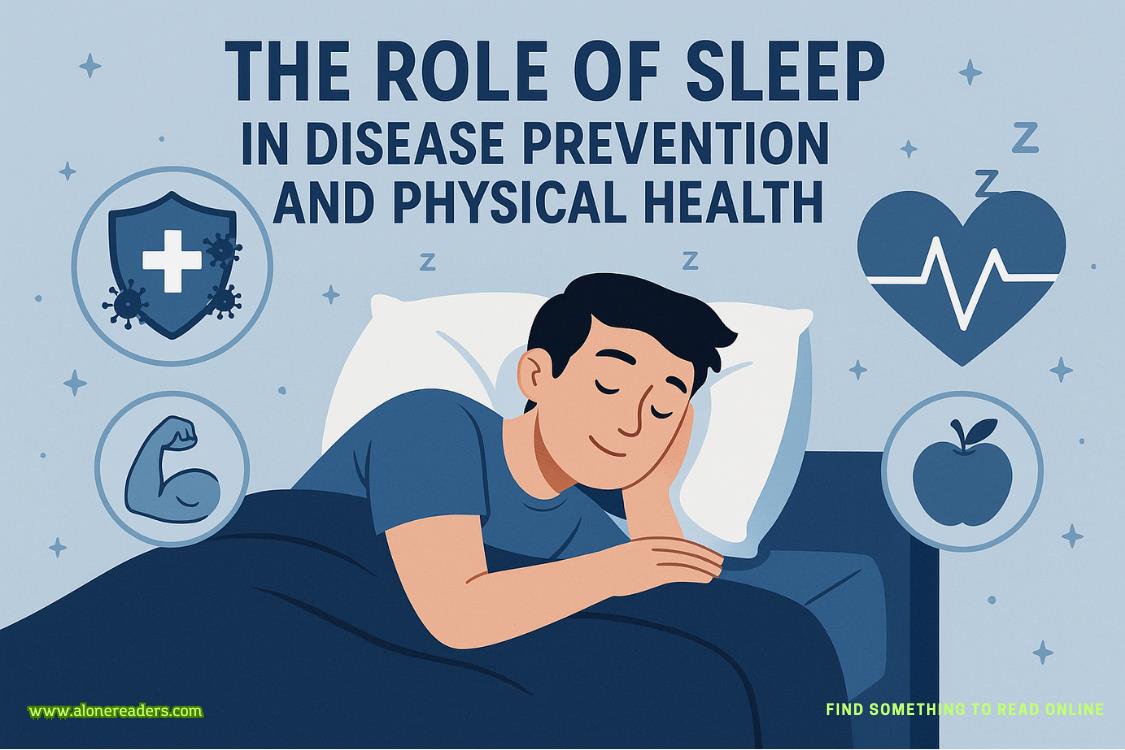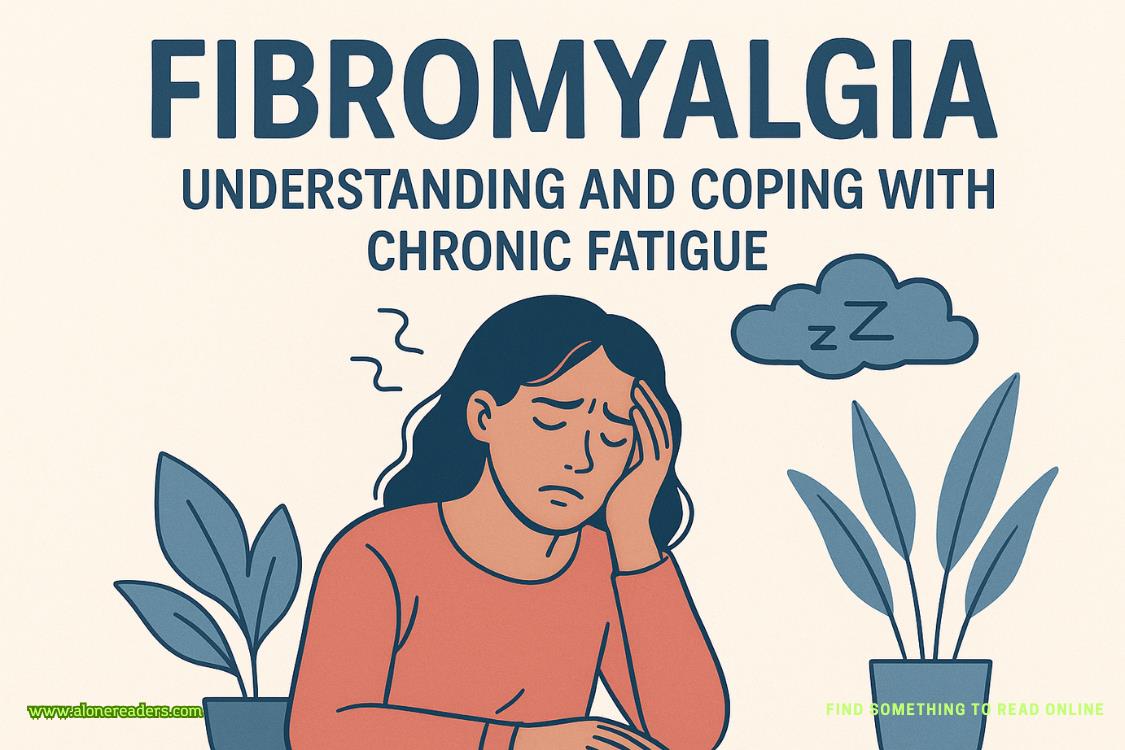Page 83 of Her Only Hero
We helped ourselves to scoops of stir-fried veggies, chicken, and rice and sat at the island on bar chairs. In the background, jazz music played. I didn’t recall when he had turned it on. I sighed. No, this wining and dining wouldn’t work, if that’s what this was. I’d been down this path before, and it hadn’t ended well.
“Do you like the food?”
“It’s really good. Thank you.” I crunched on a cashew and kept my eyes on my plate.
“So, fill me in on your ideas about the case,” he said.
I wiped my lips with a napkin, relieved to shift our conversation to the topic of work. “I don’t have any specific ideas. More of a hunch, really.”
He raised his brows and appeared to be intrigued.
His interest in my thoughts bubbled excitement within me, and I continued. “The memory stick, I feel, is somehow pivotal to the case. I think it may give a clue as to why the murder occurred and tell us about David Moreno’s involvement. I know you’ll have an expert perspective.”
He tipped down his chin in modesty and looked at me with those bright aquamarine eyes. “Thank you, June.”
“You’re welcome, but it’s true.” I’d always admired Aram’s intellect, but I’d have to tone down my appreciation. I didn’t want him to think I was leading him on.
After we finished eating, Aram cleared the plates and put them in the dishwasher. He had made an everyday chore look like fun. Maybe it was because he was fun.
“I’ll get my laptop,” he said. When he came back, he moved his chair closer to mine so we could share the computer screen. He booted up and inserted the USB stick. He appeared to be focused on the case and behaved appropriately, yet I had become very aware of how close we were. Our elbows almost touched.
I started to perspire.
He brought up the files from the drive and then hit the print key. “I’m old school,” he said. “I find it’s easier to work with a hard copy rather than a computer screen. Just a sec, I’ll get the list from my printer.”
I wiped my forehead with the back of my hand and quickly fanned my face.
He returned, flipping through several pages. “There are seven and half pages, and about thirty lines per sheet. I’m guesstimating 225 names,” he said.
Aram handed me the papers and then logged into St. Eugene Hospital’s computer system.
“Okay,” he said. “What’s the first number on the list?”
I recited the first set of digits, and he typed them in. A patient's profile came up.
“The name matches the one on the flash drive! You were right, Aram. Those are patient ID numbers.”
He scrolled. “Here’s the name, address, other identifiers, and case history. And it continues. There’s a lengthy list of bloodwork, prescribed medications, and treatments. This profile contains comprehensive information.”
“Let’s try the second one,” I said.
He punched in the next case number. The names coincided with the flash drive and the hospital computer system.
“Another match,” Aram said and continued checking the rest of the numbers on the page.
“We have a common denominator. All these patients have hematological disorders, and all have been treated by Dr. Stan Fulthorpe.”
“That sounds significant,” I said and scanned the names on each sheet. “David Moreno had a hematological disorder, but his name isn’t on the list.”
“No, it isn’t. This must be a select group of patients,” Aram said. “We have to figure out why these particular people were chosen.”
“And then there are two other glaring questions. Why did David Moreno have this list of people’s confidential information on a USB, and what was he planning to do with it?”
“Exactly right,” Aram said. He continued searching for names and numbers. “See here?” He pointed to an X.
“Does that mean deceased?”
“Yes, it does. You’re a smart cookie,” Aram said.















